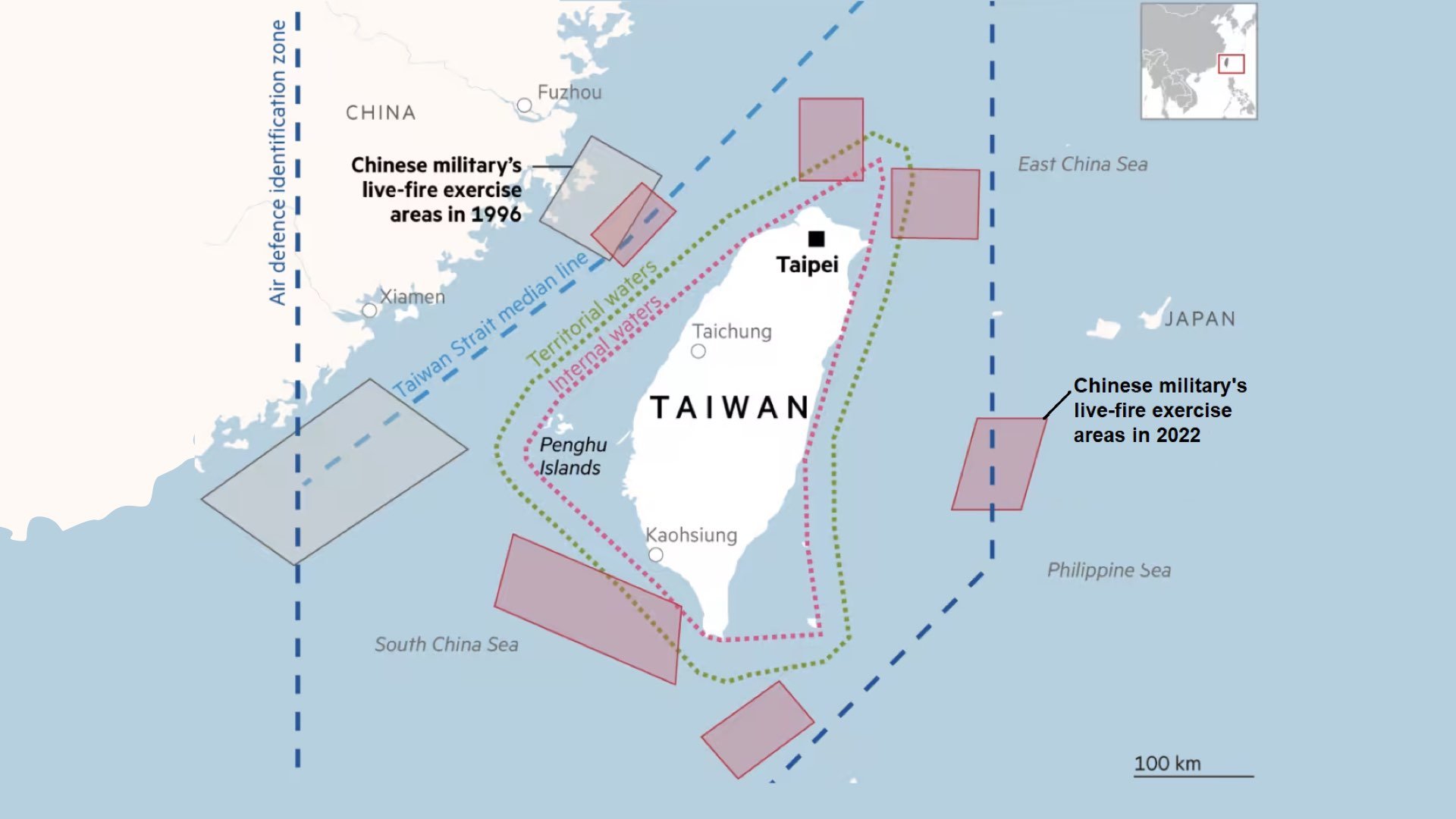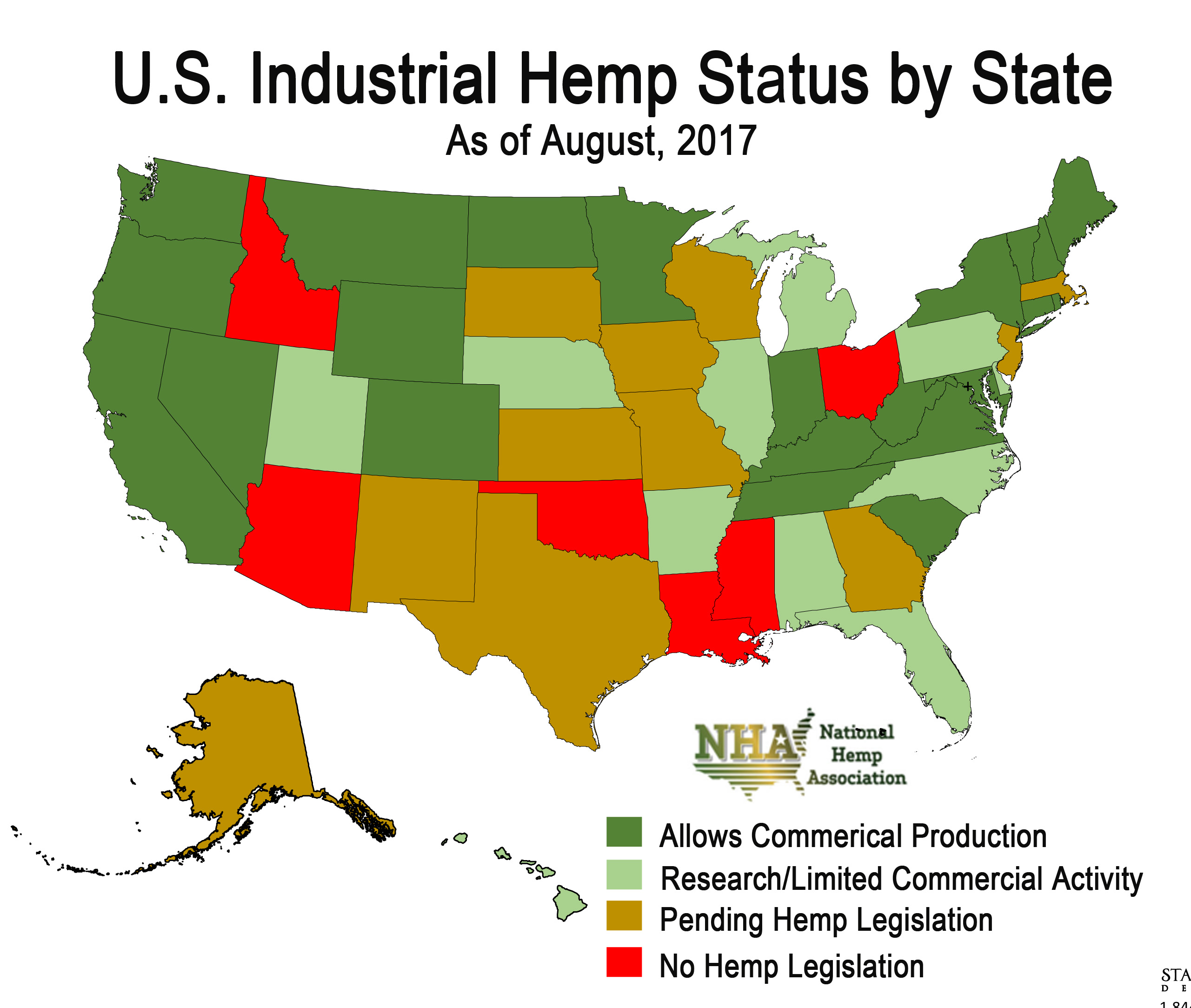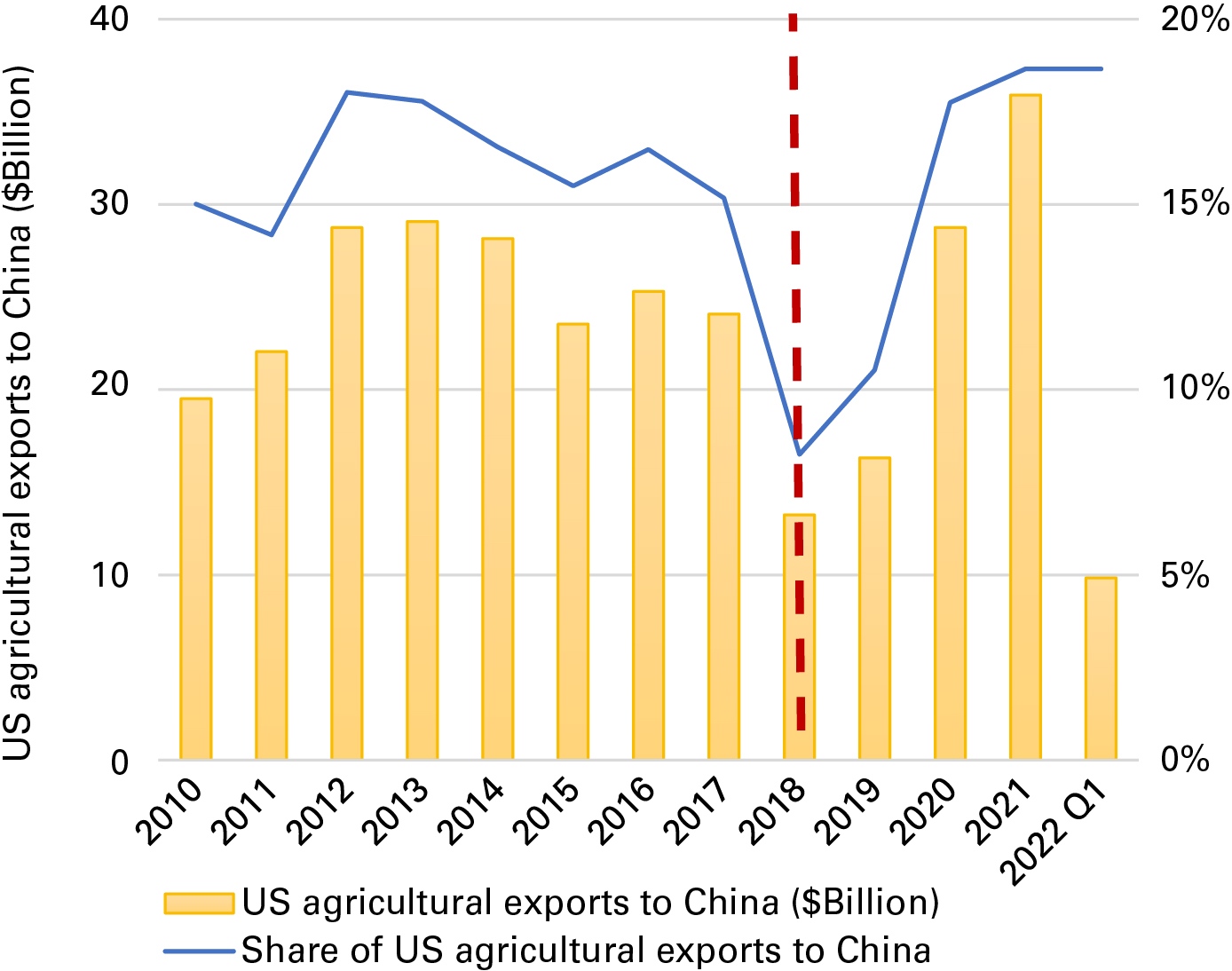Asia Summit 2024: US-China Trade Tensions And Their Impact

Table of Contents
The Current State of US-China Trade Relations
The relationship between the US and China has been marked by periods of cooperation and intense competition. However, the current climate is characterized by significant trade tensions stemming from years of growing trade imbalances and differing economic philosophies. The US-China trade war, characterized by escalating tariffs and trade barriers, has profoundly impacted global markets. This dispute isn't simply about tariffs; it's a clash over intellectual property rights, technology dominance, and the very future of globalization.
-
Timeline of major trade disputes:
- 2018: Initiation of US tariffs on steel and aluminum, followed by tariffs on hundreds of billions of dollars worth of Chinese goods.
- 2019: Further escalation of tariffs and retaliatory measures from both sides.
- 2020: "Phase One" trade deal offering some temporary reprieve.
- 2024 (Present): Ongoing tensions and uncertainty surrounding trade agreements.
-
Key industries affected by tariffs:
- Technology: Semiconductors, telecommunications equipment, and artificial intelligence are key battlegrounds.
- Agriculture: Soybeans, pork, and other agricultural products have experienced significant market disruptions.
- Manufacturing: A wide range of manufactured goods has been affected by tariffs, impacting supply chains globally.
-
Examples of specific tariff measures: The US has imposed tariffs on various Chinese goods, ranging from 10% to 25%, while China has retaliated with similar measures.
Geopolitical Implications of the Trade Conflict
The US-China trade war extends far beyond mere economics; it has profound geopolitical implications. The conflict is reshaping global alliances and international relations. Countries in the ASEAN region, for example, are caught in the crossfire, facing difficult choices regarding their trade relationships with both superpowers. This uncertainty fuels regional instability and creates challenges for regional trade agreements.
- Impact on regional trade agreements: The trade war undermines the efforts to foster regional economic integration and cooperation.
- Shifting geopolitical alliances: Countries are increasingly pressured to choose sides, potentially leading to the realignment of global alliances.
- Potential for increased regional instability: The trade war exacerbates existing tensions and can contribute to regional instability. The South China Sea disputes, for instance, are further complicated by these trade tensions.
Economic Impact on Asia and the Global Economy
The economic impact of the US-China trade war on Asia and the global economy is significant and multifaceted. Supply chain disruptions have become commonplace, leading to increased costs and uncertainty for businesses worldwide. Inflation has been exacerbated in many countries, impacting consumers and contributing to economic slowdowns.
- Impact on specific Asian economies: Vietnam, South Korea, and Japan, heavily integrated into global supply chains, have experienced varying degrees of economic impact.
- Disruption to global supply chains: The trade war has disrupted global supply chains, leading to shortages and delays in the delivery of goods.
- Increased uncertainty and investment risks: The uncertainty created by the ongoing trade war has dampened investor confidence and reduced investment. Businesses hesitate to make long-term commitments in an unstable environment.
Potential Solutions and Future Outlook for US-China Trade
Despite the severity of the trade dispute, several avenues for de-escalation and improved relations exist. Negotiations, mediated by international organizations, could lead to compromises on key issues. However, the possibility of technological decoupling, where the US and China develop separate technological ecosystems, remains a significant concern.
- Possible areas of compromise: Intellectual property rights protection, technology transfer, and market access are potential areas for compromise.
- Role of international organizations: The WTO and other international organizations can play a crucial role in mediating the conflict and establishing a framework for fair trade.
- Long-term projections: The future of US-China trade relations remains highly uncertain, with various scenarios ranging from continued conflict to a more cooperative relationship.
Conclusion: Understanding and Addressing the Challenges of US-China Trade Tensions
The US-China trade war casts a long shadow over the Asia Summit 2024 and the global economy. Its impact is far-reaching, affecting supply chains, inflation, and geopolitical stability. Addressing these trade tensions is paramount for maintaining global economic stability. Staying informed about developments at the Asia Summit 2024 and ongoing US-China trade relations is crucial. Understanding the implications of these tensions is essential for businesses, policymakers, and citizens alike. For further reading, consult resources from the World Trade Organization (WTO) and reputable economic research institutions. Let's work together towards fostering a more stable and cooperative global trading environment.

Featured Posts
-
 Navigating Georgias Hemp Laws Current Legalities And Available Products
May 27, 2025
Navigating Georgias Hemp Laws Current Legalities And Available Products
May 27, 2025 -
 Ncaa Issues Operating Permit To Air Algerie
May 27, 2025
Ncaa Issues Operating Permit To Air Algerie
May 27, 2025 -
 Mila Kuniss Extreme Diet For Ashton Kutchers Movie Role Grapes Hospitals And More
May 27, 2025
Mila Kuniss Extreme Diet For Ashton Kutchers Movie Role Grapes Hospitals And More
May 27, 2025 -
 Renee Rapps Leave Me Alone A Subtle Diss To Sex Lives Of College Girls
May 27, 2025
Renee Rapps Leave Me Alone A Subtle Diss To Sex Lives Of College Girls
May 27, 2025 -
 Streamlining China Exports Achieving A 90 Day Turnaround
May 27, 2025
Streamlining China Exports Achieving A 90 Day Turnaround
May 27, 2025
